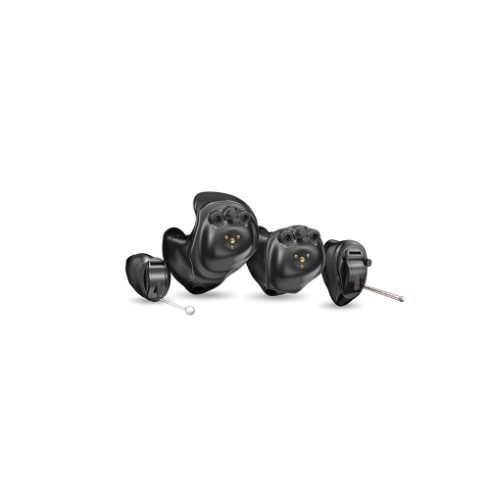Types Of Hearing Aids
Hearing loss can significantly impact your ability to communicate and engage with the world around you. The good news is, over the years, advancements in technology have led to the development of improved Hearing Aids.
In this comprehensive guide, we explore the currently available Hearing Aids and delve into the different types.
Behind-the-Ear (BTE) Hearing Aids
BTE devices are among the most common and versatile options available. These Hearing Aids are suitable for individuals with mild to profound hearing loss and offer many features and functionalities.

Receiver-in-Canal (RIC) Hearing Aids
RIC Hearing Aids have a “receiver” inside the ear canal to amplify the sound. They are especially suited for people with high-frequency hearing loss (common in age-related hearing loss), for whom other types of Hearing Aids (especially CiC) are unsuitable.
The option of rechargeable hearing aids eliminates the need to replace batteries often. These discreet hearing aids are suitable for individuals with mild to severe loss.

Invisible-in-Canal (IIC) and Completely-in-Canal (CIC) Hearing Aids
CIC hearing aids are custom-made to fit entirely within the ear canal. These devices are minimally visible and offer improved aesthetics. However, both these types of Hearing Aids are generally NOT RECOMMENDED in case of purely high-frequency hearing loss. For those seeking the utmost discretion, IIC devices are excellent options. They are suitable for individuals with moderate to very severe hearing loss.

Remember! Hearing aids are not one-size-fits-all solutions. Each type has its advantages, limitations, and compatibility with various hearing loss profiles.